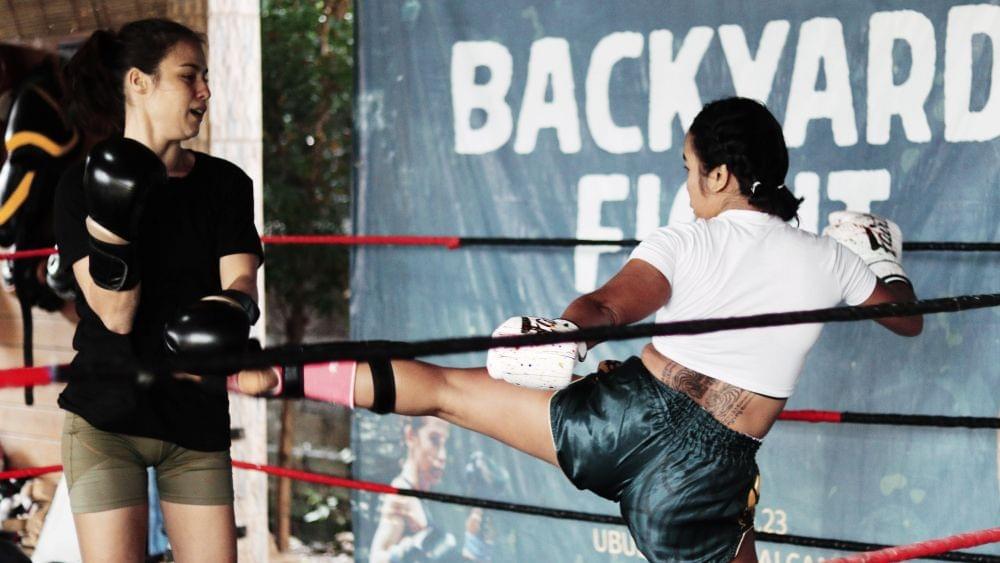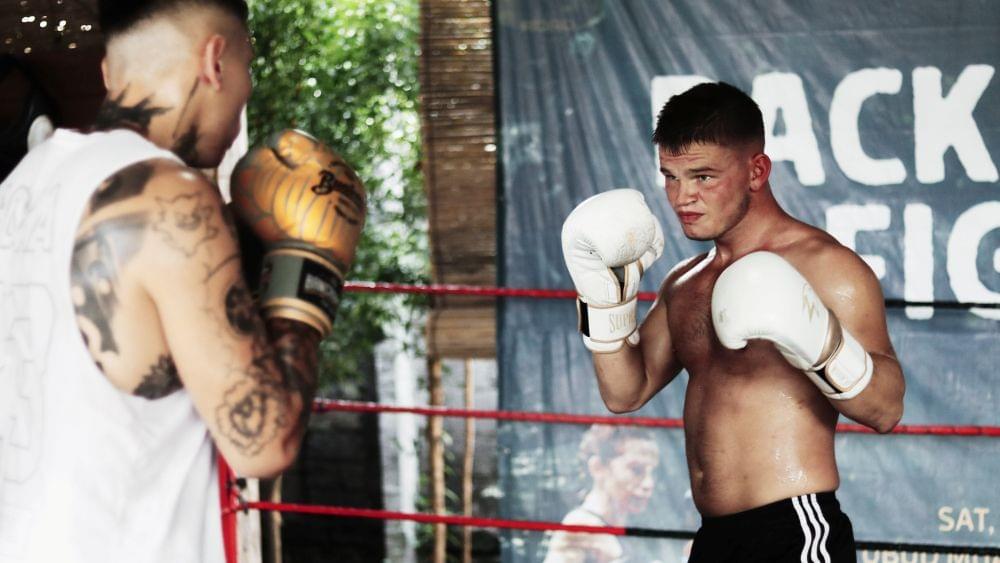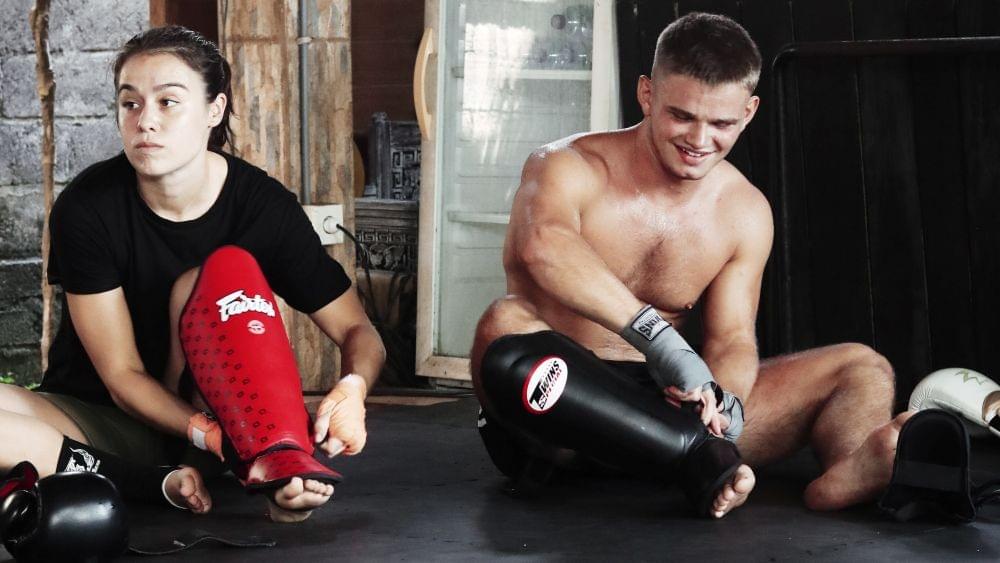No matter how hard you train or how confident you feel stepping into the ring, losing a fight is a reality every fighter faces. The pain of defeat cuts deeper than any punch; it’s emotional, humbling, and sometimes even disorienting. But what separates champions from the rest isn’t a perfect record; it’s how they handle setbacks.
In this article, we’ll explore the emotional journey fighters go through after a loss, share a mindset reset framework used by pros, and guide you through actionable steps on what to do after losing a fight so you can return stronger, smarter, and hungrier.
Emotional Phases Fighters Go Through Post-Defeat
Losing a fight doesn’t just bruise the body; it rattles the mind. Most fighters experience a rollercoaster of emotions immediately after a loss:
- Shock and Denial: It’s hard to accept the outcome right away, especially if the fight was close or unexpected.
- Frustration or Anger: You may feel angry at yourself, your opponent, or even your corner. It’s natural, but this phase needs to be managed constructively.
- Self-Doubt: This is where confidence gets tested. Fighters begin to question their skills, training, or purpose.
- Acceptance and Reflection: Eventually, the emotions cool down, and space opens up for growth and learning.
Understanding that these emotional phases are normal is key to mental recovery. You’re not broken, you’re in transition.
Mindset Reset: 3-Step Framework Used by Pros

Professional fighters don’t just recover from losses with grit alone; they rely on a proven mental framework to bounce back stronger and more focused. This 3-step system helps them process defeat, maintain a long-term perspective, and return to training with clarity and drive.
1. Normalize the Loss
Every fighter, regardless of their greatness, has suffered defeat. Recognizing this truth is the first step toward emotional recovery. Legends like Muhammad Ali, Georges St-Pierre, and Valentina Shevchenko all endured losses that could have ended their careers if they had let emotion take over. But instead, they saw those setbacks as part of the sport’s nature.
Normalization doesn’t mean brushing off the loss; it means removing shame from the equation. A loss isn’t a reflection of your worth or potential. It's feedback. By accepting this as part of your journey, you prevent the loss from becoming an identity and instead treat it as a temporary setback.
2. Shift to a Growth Mindset

A fixed mindset says, “I lost because I’m not good enough.” A growth mindset reframes that to, “I lost because there are things I still need to learn.” This shift is critical for moving forward.
Start by identifying one or two specific takeaways from the fight, technical errors, decision-making lapses, or mental blocks. Write them down. Turn those insights into training goals. For example, if you froze under pressure, your next training cycle might include more scenario sparring under simulated high-stress conditions. This is how pros convert frustration into fuel.
A growth mindset also keeps you emotionally steady. It’s not about pretending the loss didn’t hurt; it’s about refusing to let that pain be the end of your story.
3. Rebuild Confidence Through Action
After a loss, confidence can feel shattered, but real confidence isn’t just about feeling good; it’s about knowing you’ve done the work. Rebuilding starts with small, focused wins:
- Clean up a technique that didn’t work in the fight.
- Set short-term goals, like winning specific rounds in sparring or improving conditioning benchmarks.
- Film your training progress to visually track improvements.
You’re not trying to erase the loss, you’re laying bricks over it. Day by day, rep by rep, confidence returns. This action-based recovery process helps fighters move forward without ignoring the past. It’s not about forgetting the fight, it’s about using it to build something better.

Post-Fight Journaling Template
Writing helps process emotions and uncover patterns. Here's a simple post-fight journaling format many fighters use:
- What did I feel right after the fight?
- What moments in the fight stood out—positive or negative?
- What was my mindset before the fight started?
- What went well?
- What needs improvement?
- One lesson I’ll carry forward is...
Journaling removes the emotional fog and gives clarity to what really happened, vital in understanding how to deal with losing a fight in a healthy, constructive way.
How to Analyze a Loss Objectively
Once emotions settle, it’s time to break down the fight with a clear, analytical mindset. This process helps separate feelings from facts and turns a painful moment into a powerful learning opportunity.
1. Watch the Fight Twice
The first viewing is for emotional release, get your reactions out. The second is for serious study. Take notes. Watch with the intention of learning, not judging. Look for patterns: Were you reacting late? Did you fall into predictable habits? Was your opponent exploiting the same opening repeatedly?
2. Break It Down by Round
Divide the fight into rounds and review each one on its own. What went well? What slipped as fatigue set in? Which techniques stopped working, and why? This step-by-step breakdown makes the feedback less overwhelming and easier to act on.

3. Get a Coach’s Perspective
Your coaches see things you don’t, especially under pressure. Sit down with someone you trust and watch the fight together. They can spot subtle mistakes, like positioning errors or timing issues, and offer solutions you might miss. It’s a valuable outside perspective that turns subjective emotion into objective strategy.
4. Identify Root Causes, Not Just Symptoms
Was the loss due to poor cardio, lack of preparation, or a lapse in focus? Go beyond surface-level observations. If your guard kept dropping, was it because of fatigue, bad habit, or overthinking? Understanding the “why” behind each mistake ensures your adjustments are targeted and effective.
If you’ve recently experienced defeat, remember this: a loss doesn’t mean you’re off course; it just means the journey requires a deeper level of growth. Learning how to deal with losing a fight builds not just better fighters, but stronger humans.
George Foreman: A Story of a Fighter Who Bounced Back Stronger
In 1974, George Foreman suffered a devastating loss to Muhammad Ali in the legendary “Rumble in the Jungle.” Entering the fight as an undefeated knockout artist, Foreman was outsmarted and stopped by Ali in the eighth round, a loss that not only ended his title reign but also shook his self-belief. Following that defeat, his performance declined, and in 1977, after another loss, he retired from boxing.
For the next decade, Foreman lived a very different life, stepping away from the sport entirely. Most assumed his career was over for good. But in the late 1980s, at the age of 38, Foreman made a surprising comeback. Despite ridicule about his age and weight, he slowly worked his way back into contention. Over time, he silenced doubters with powerful performances, proving he still had the strength, skill, and discipline to compete at the top.
Then, in 1994, at 45 years old, Foreman shocked the world by knocking out Michael Moorer to reclaim the heavyweight championship, becoming the oldest man in history to win the title. What made his comeback legendary wasn’t just the win itself, but the discipline, patience, and mental transformation that fueled it.
Foreman’s journey is proof that losing a fight, even on the biggest stage, is not the end. With time, focus, and belief, it can become the foundation for an even greater victory.
Losing a fight can feel like the end, but for those who understand the bigger picture, it’s often just the beginning of something stronger. The mental reset doesn’t happen overnight, but with the right tools and support, it becomes a turning point.
At Ubud Muay Thai, we don’t just train fighters to win; we help them grow through every challenge. Come rebuild with us, sharpen your mindset, and step back into the ring more focused than ever.

